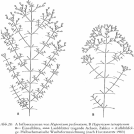Article Search
Der Zeitbegriff in der Geologie und das Evolutionsverständnis in der Biologie
Zur Dreigliederung der Käfer
On the threefoldness of beetles
Beetles are regarded in their systematic relationships as a superorganism. Concerning their evolutionary differentiation, is there any relation between the different organ-systems most animals have and the different beetle families, genera or species? Proceeding from a threefold analysis of highly… Read More
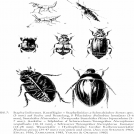
Heileurythmiewirkung auf das rhythmische System
The effect of curative eurythmy on the rhythmical system
In anthroposophical medicine, eurythmy is used therapeutically in
many cases and with different forms of disease. We report on two studies in which the effects of this therapeutic approach were studied with respect to the rhythmical-functional order of cardiac and… Read More

Signaturen der Therapeutischen Sprachgestaltung in der Herzfrequenzvariabilität
Signatures of therapeutic speech formation in heart rate variability
Background: Anthroposophical Therapeutie Speech uses poems and exercises which typically induce rhythmical breathing. Speaking influences respiration, and thus directly, heart rate variability (I IRV) in particular via respiratory sinus arrhythmia which, together With… Read More
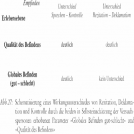
Geschichte und Problem des Höherentwicklungsbegriffs
The history and problem of the idea of evolution
The usual picture of the phylogenetic process is that there were first single-celled bacteria-like organisms followed by multicellular,»lower«and later»higher«, rather complex and differentiated forms of life. This succession of evolutionary changes has often been called»evolutionary… Read More
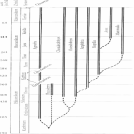
Zur evolutiven Ausbildung von Blüte und Frucht bei den Hahnenfußgewächsen
Concerning the evolutionary development of the blossom and fruit of the Ranunculaeeae
The fruit formation of the Ranunculaceae - evolutionarily early representatives of the angiosperms - is taken as a motif in examining the evolutiona1y path of the formation of both the angiosperm blossoms, exposed as they are to their surroundings, and… Read More
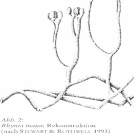
Korrelation von Sprossgestalt und Blattgestalt annueller Dikotyledonen
Correlation of the shapes of the shoot and leaf of annual dicotyledons
That the shape of a plant changes qualitatively and quantitatively during growth was noted as early as Aristotle. He tried to understand this process with the help of four»causes«(aitia) and four»rnotions«(kinesis). He thought that the formative force proceeds from… Read More
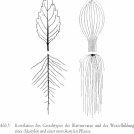
Streptocarpus mit Brutblatt
Streptocarpus with a brood leaf
In the genus Streptocarpus (Gesneriaceae) the usual generation of new leaves on the shoot is more or less replaced by a generation of new leaf parts on the bases of abundant leaves. This indicates a homology between shoot growth and leaf growth. ‚Interesting malformations are described which could help… Read More
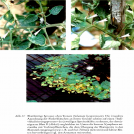
Von der Umwandlungskraft der Luft
Transformation forces of the air
a contribution to the chemistry main lesson of the 9th class of Waldorf schools
We present a guide for the chemistry main lesson of the 9th class of Waldorf schools, especially taking into account the characteristics of animal and human catabolism (linking up With the overview of plant anabnlism… Read More
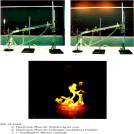
Die heimischen Johanniskrautarten der Gattung Hypericum im Vergleich
The native species of the genus Hypericum compared
In Middle Europe the genus Hypericum is divided into six sections systemizing ten Hypericnm species according to morphological characteristics. In our proposed order, Hypericum perfomtum as a mesophil perennial plant is positioned between the related hygro- and xerophil species. Within… Read More
